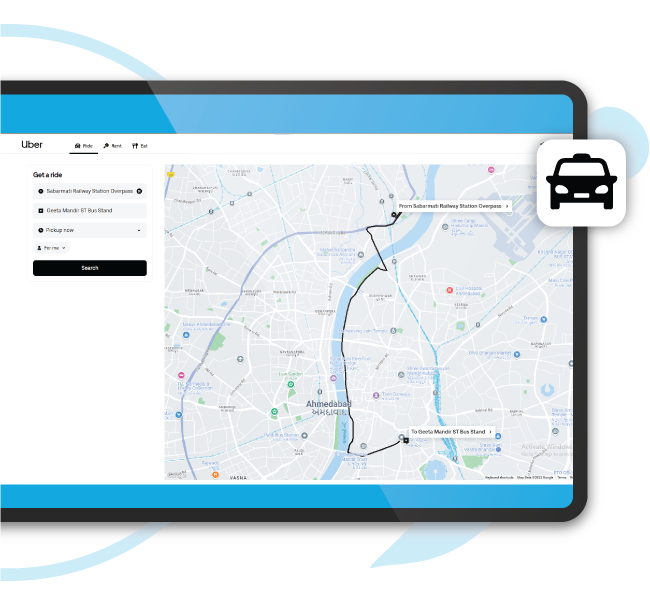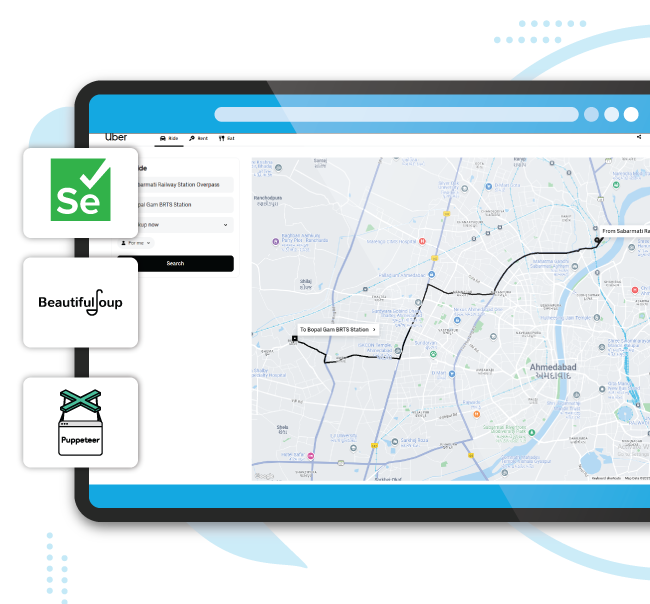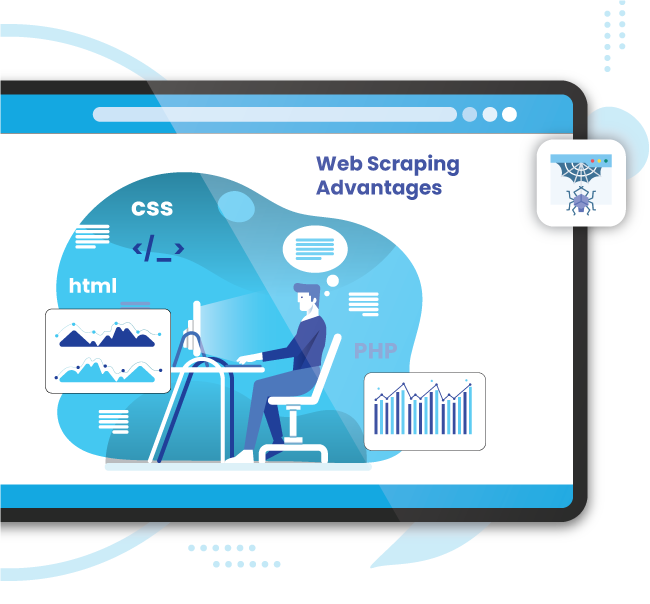
In today’s rapidly evolving urban mobility landscape, on-demand transportation and car rental services have become critical components of how people navigate cities. Among the leading players in this space, Uber has expanded beyond traditional ride-hailing to offer flexible car rental options directly through its platform. This shift allows users to rent vehicles by the hour or day, providing convenience without the long-term commitment of ownership.
As this service gains popularity, it opens up valuable opportunities for businesses to understand emerging consumer behavior, rental trends, and market dynamics. By leveraging data scraping techniques , businesses can extract key insights from Uber’s car rental platform—including vehicle availability, pricing, user preferences, and location-based demand.
This case study explores how one urban mobility client partnered with us to implement a robust Uber Rentals data scraping solution . The objective was to unlock actionable intelligence that would inform strategic decisions around fleet optimization, competitive pricing, and customer engagement in a highly dynamic and competitive environment.

Our client is a prominent player in the urban transportation industry, providing a diverse range of mobility solutions to meet the evolving needs of city dwellers. As competition intensified in the car rental market, the client aimed to gain a competitive advantage by leveraging data-driven insights from Uber’s car rental services. Their core objectives focused on understanding market trends, optimizing pricing strategies, and enhancing fleet management to improve operational efficiency and better serve their customers.

We implemented a custom-built Uber Rentals Data Scraping solution tailored to the client’s business requirements.
1.Data Extraction Approach
To extract meaningful data, we used advanced web scraping and app scraping techniques:
2.Data Fields Collected
We focused on extracting the following Uber automobile data points:
3.Data Processing and Analysis
After extraction, the data underwent cleaning, normalization, and analytics:


Web scraping enables fast, automated access to real-time data like pricing, availability, and user trends. It helps businesses make smarter decisions, track competitors, optimize operations, and stay agile in fast-moving markets like urban mobility and car rentals.
By implementing our Uber rental data scraping solution, the client successfully optimized their pricing strategy by analyzing real-time data on competitor rates, vehicle availability, and regional demand surges. This allowed them to introduce dynamic pricing models that responded to peak usage periods, local events, and customer behavior, resulting in increased booking conversions and improved profit margins. The project demonstrated how targeted data extraction from Uber’s car rental platform can drive smarter pricing decisions and deliver a strong competitive advantage in the urban mobility space.

"Partnering with this data scraping team to analyze Uber Rentals has been a game-changer for our urban planning firm. We needed deep insights into ride duration, pickup hotspots, and rental trends to understand city mobility patterns. Their ability to scrape and structure Uber Rentals data gave us a clear picture of how people move around our city. With this data, we've improved route planning, optimized public transit models, and identified high-demand zones for future infrastructure. It's not just data—it's a blueprint for smarter cities."
Metropolitan Planning Authority
We start by signing a Non-Disclosure Agreement (NDA) to protect your ideas.
Our team will analyze your needs to understand what you want.
You'll get a clear and detailed project outline showing how we'll work together.
We'll take care of the project, allowing you to focus on growing your business.